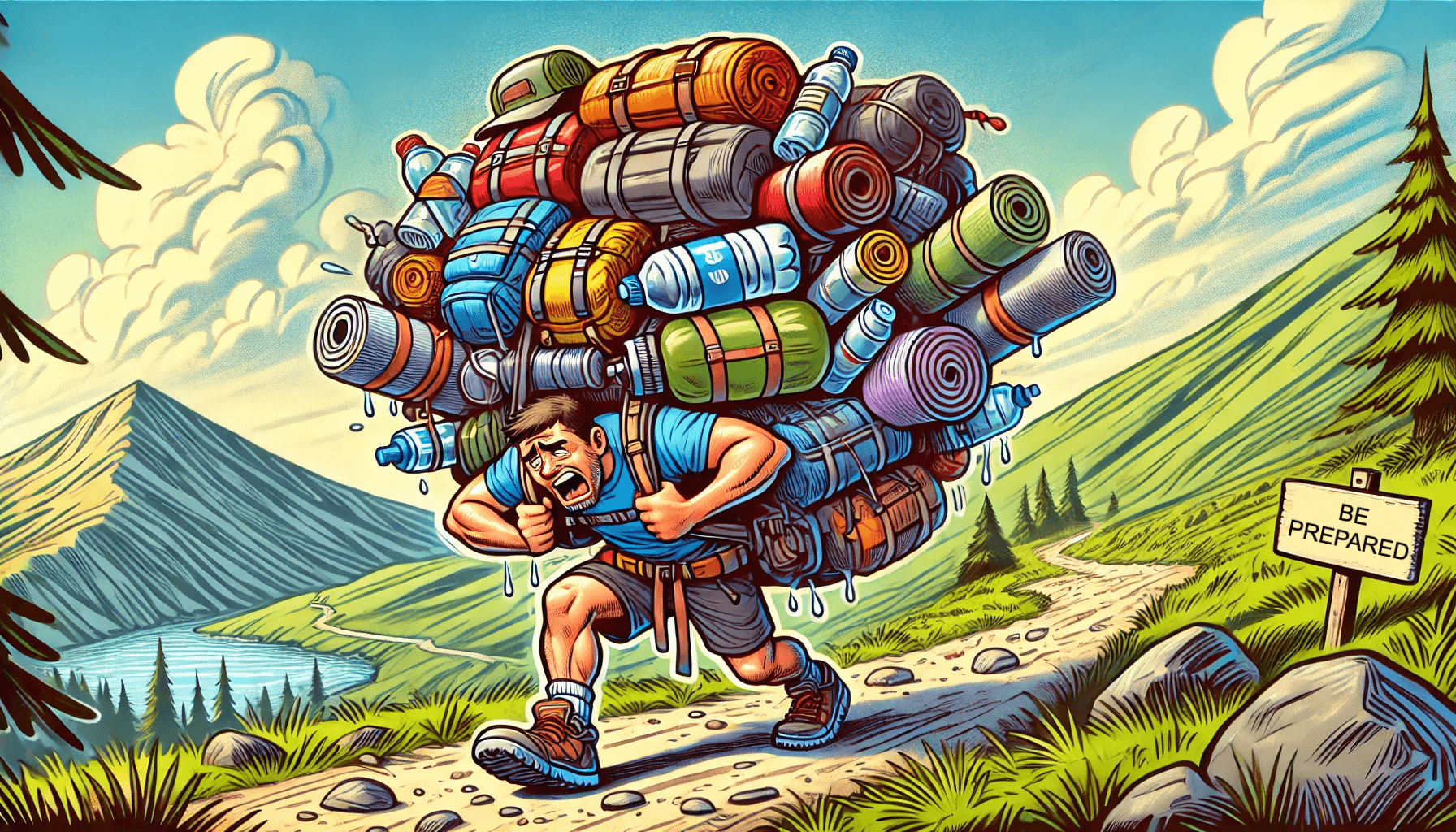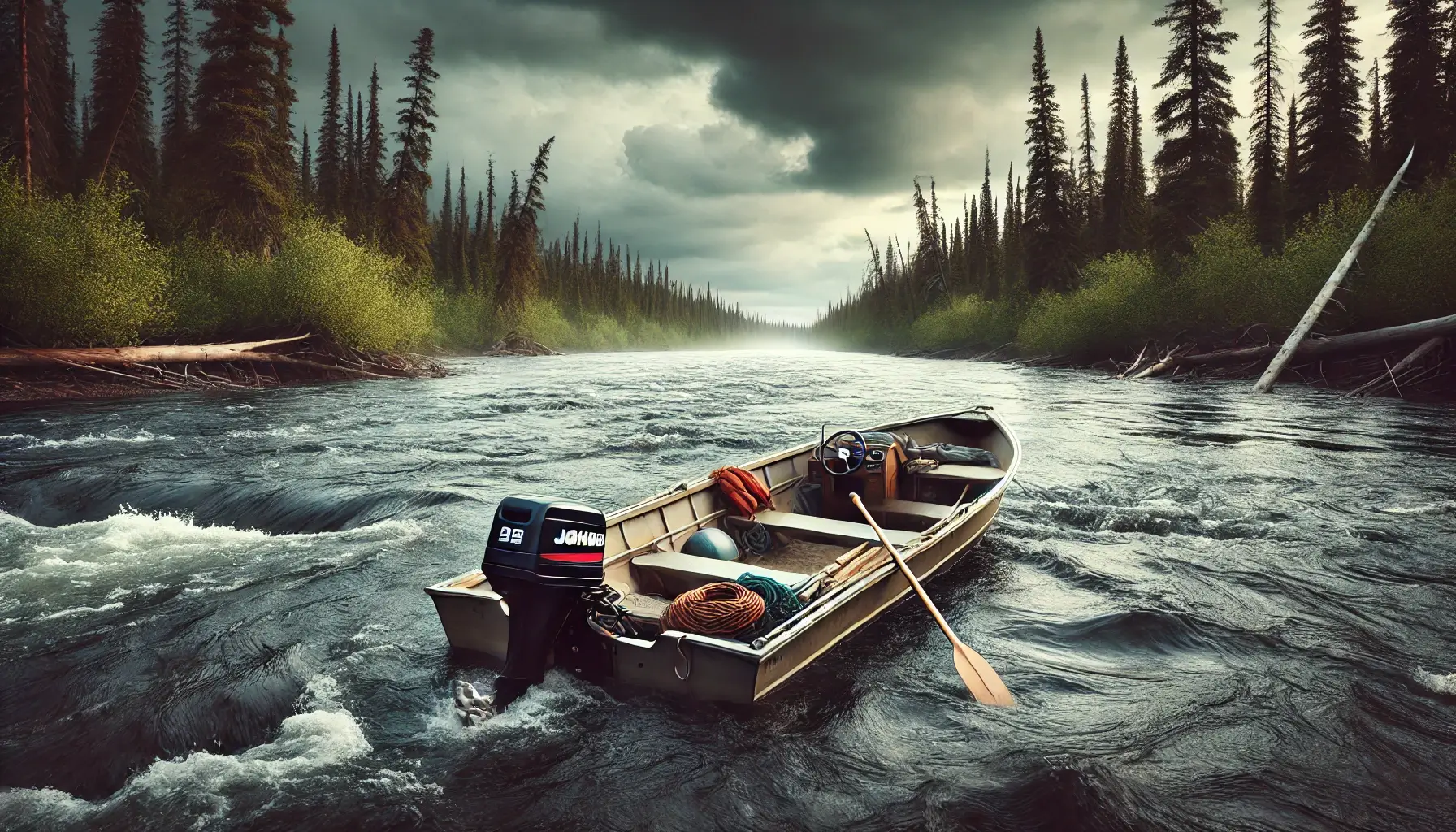On day one of joining the Boy Scouts, you are taught their motto: "Be Prepared." In that moment, sitting in a school gymnasium, it's just a phrase that you’re told to memorize. Maybe they tell you about a situation where someone was stranded in the woods and survived because they had their trusty pocket knife. But as I climbed the ranks of Scouts, I realized that the consequence of not heeding this advice typically came in the form of blisters on my feet from improper hiking shoes, rather than a life-or-death struggle in the wilderness.
Alan’s recent blog post on "The River Crisis That Taught Me to Always Have a Plan B" tells a similar story to what I learned in Scouts. Reflecting on that story, it struck me that "Be Prepared" isn’t just a motto for the Boy Scouts; it’s a guiding principle for life. It is critically important to constantly assess situations and make risk-informed decisions about our next plan of action. As Alan’s story illustrates, a little bit of preparedness can provide you with more options than you’d otherwise have. But is there such a thing as being too prepared?
A few years back, a friend and I were gearing up for a backpacking trip in the Chisos Mountains of Big Bend National Park. We were both in decent shape and had experience from a previous three-day backpacking trip. We planned our route, reserved campsites, and began researching the area. During our search, we came across the following guidance on the Big Bend website:
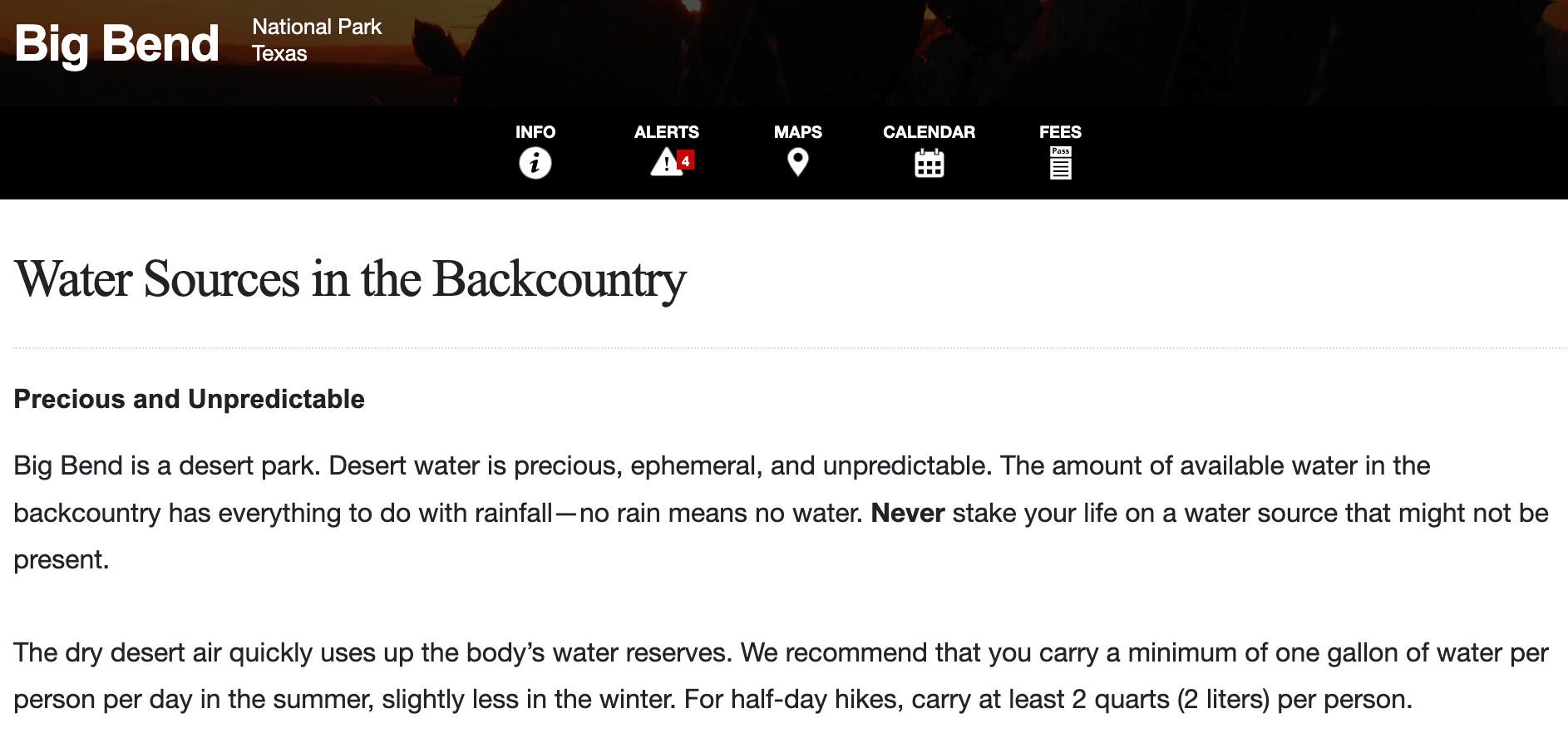
Further down the page, another warning stood out: “Please carry enough water to supply your own needs.”
Point taken. We began looking into hydration bladders for backpacking.
The official recommendation is one gallon of water per person, per day, for desert excursions. Since this was a five-day trip—with the first and last being half days—we calculated that we needed about four gallons each. I chose three 6L MSR Dromedary bag water reservoirs (~4.75 gallons total) to ensure I had plenty of water.
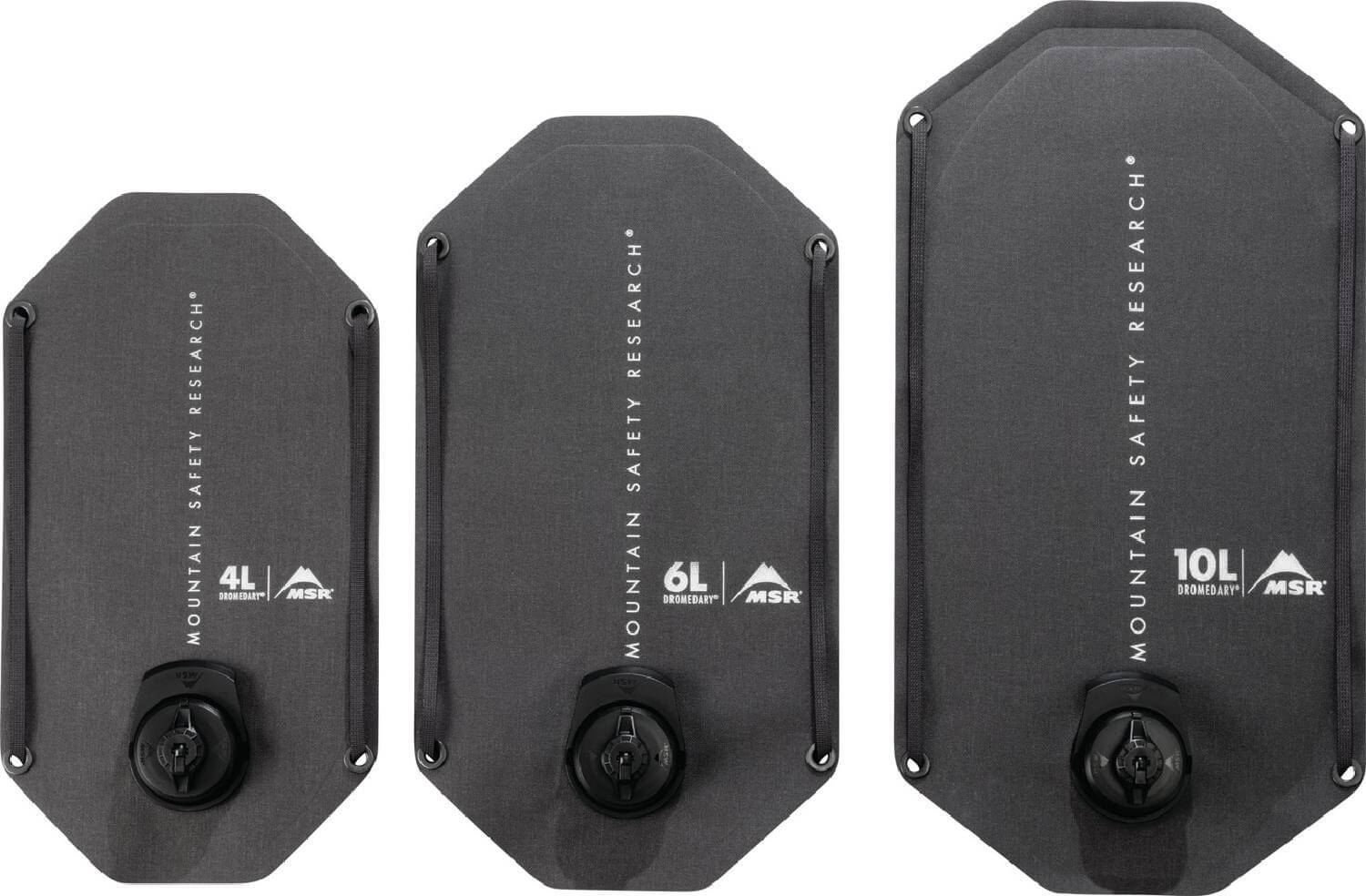
These reservoirs seemed rugged and, at only 8.7 oz per bag, an acceptable weight for backpacking. Additional research on the Ultralight subreddit led me to other lightweight necessities: a pocket rocket stove, titanium utensils, freeze-dried meals. When everything arrived, I thought, “Now I’m prepared!” and set it aside until closer to our departure date.
Fast forward to a couple of days before we were set to leave. My friend and I were packing our bags. I filled my hydration bladders with water and placed them at the bottom of my backpack. My pack had been sitting in my office chair as I loaded it, and when I slipped the straps over my shoulders and tried to stand, I nearly toppled over.
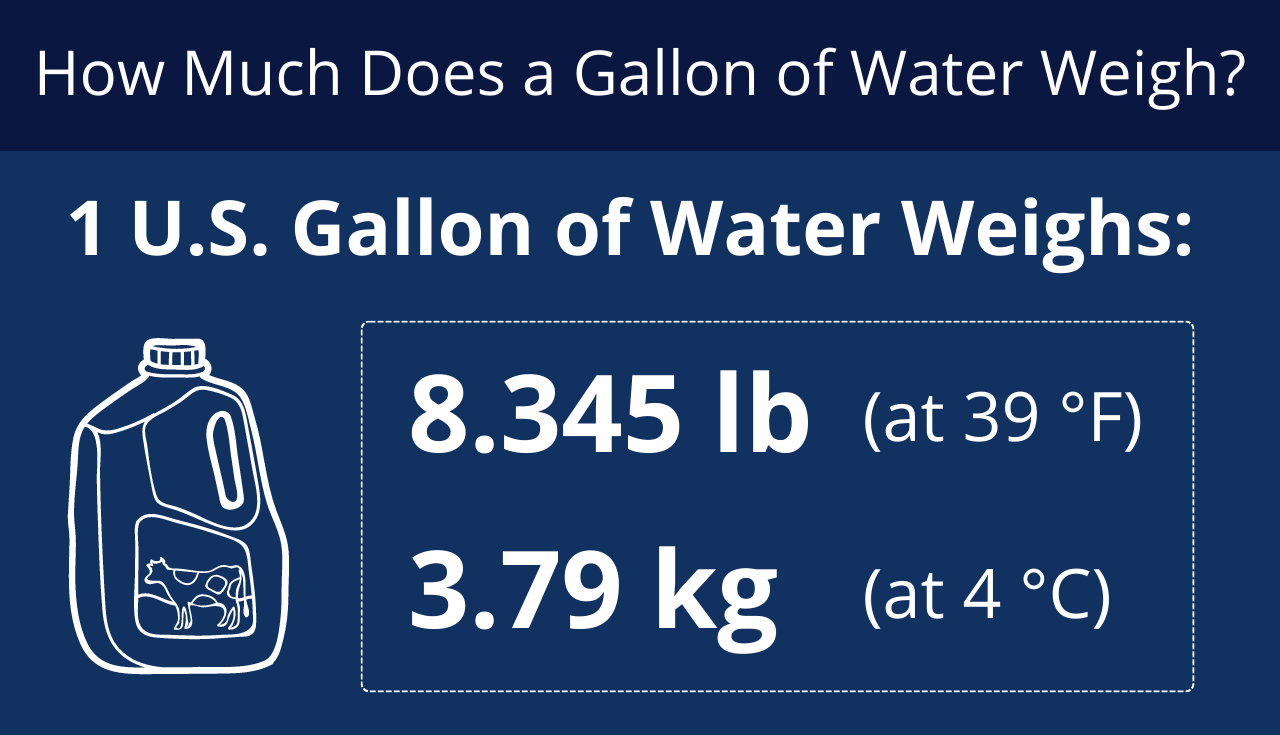 In case you were wondering, one liter of water weighs 2.201 pounds. I had packed 18 liters of water—39.61 pounds—before even accounting for my steel-framed pack, tent, sleeping bag, clothes, and other gear. I quickly realized I had made a grave mistake.
In case you were wondering, one liter of water weighs 2.201 pounds. I had packed 18 liters of water—39.61 pounds—before even accounting for my steel-framed pack, tent, sleeping bag, clothes, and other gear. I quickly realized I had made a grave mistake.
The general guidance is that a fully loaded backpacking pack should not weigh more than 20% of your body weight. At a bit over 200 lbs, my entire pack weight should have been around 40 lbs, not just the water alone. I called my friend, told him what happened, and laughed as he admitted he had done the EXACT SAME THING.
Not long after, we learned that a fire was burning in Big Bend, and our planned area was being evacuated. We pivoted to a fixed campsite at Big Bend Ranch State Park instead. Although disappointed that we had to cancel our original plans, given our pack situation, it was for the better, and we still had a great time.
After returning, I started researching how experienced hikers manage water in a desert environment. The answer? They don’t carry it all at once. They use a strategy called "caching," where someone in a 4WD vehicle drops off water ahead of time, and hikers plan their route around the caches.
The GRC Connection: Over-Preparedness vs. Smart Risk Management
This experience ties directly into Governance, Risk Management, and Compliance (GRC). In GRC, just as in backpacking, preparedness is essential—but over-preparation can create inefficiencies, unnecessary costs, and even risk. Here’s how my Big Bend experience relates to GRC processes:
- Risk Identification and Assessment: Before embarking on our trip, we identified a critical risk: lack of water. In a business context, organizations must identify risks, whether financial, operational, or security-related. The challenge is distinguishing between real threats and overcompensating for unlikely scenarios.
- Mitigating vs. Overcompensating: Our response—carrying all the water ourselves—was well-intentioned but ultimately flawed. Similarly, organizations sometimes implement excessive controls that add complexity and reduce efficiency. A better strategy would have been to investigate proven alternatives, like caching, just as businesses should seek balanced risk mitigations instead of overburdening their processes.
- Resource Management: Carrying excessive weight diminished our ability to hike effectively. In GRC, companies must ensure that resources (time, money, personnel) are allocated wisely. Overloading employees with excessive compliance requirements or redundant risk controls can be as counterproductive as overloading a backpack.
- Adapting to Changing Conditions: The fire evacuation forced us to change plans. Organizations, too, must remain agile. Regulatory landscapes shift, risks evolve, and unforeseen crises emerge. Being able to pivot while still achieving key objectives is critical.
- Leveraging Established Best Practices: Experienced hikers already knew about caching. Instead of reinventing the wheel, we should have learned from them. In GRC, leveraging industry standards (e.g., NIST frameworks, ISO certifications) can save effort and improve results.
Final Thoughts
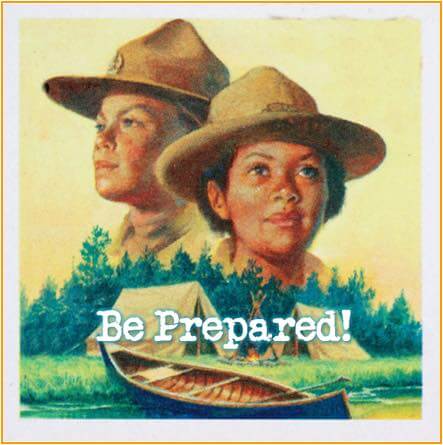 “Be Prepared” remains sound advice, whether in the wilderness or in risk management. However, preparation must be smart and efficient. Just as carrying too much water hurt our ability to complete our hike, over-preparing in GRC can slow down processes, frustrate teams, and introduce inefficiencies.
“Be Prepared” remains sound advice, whether in the wilderness or in risk management. However, preparation must be smart and efficient. Just as carrying too much water hurt our ability to complete our hike, over-preparing in GRC can slow down processes, frustrate teams, and introduce inefficiencies.
Instead of focusing solely on risk elimination, the key is to strike a balance—mitigating risks while maintaining agility and efficiency. In both backpacking and GRC, the best approach isn’t to carry everything yourself but to plan strategically, use resources wisely, and adapt when necessary.
And next time I head out to Big Bend, you can bet I’ll be caching my water instead.

